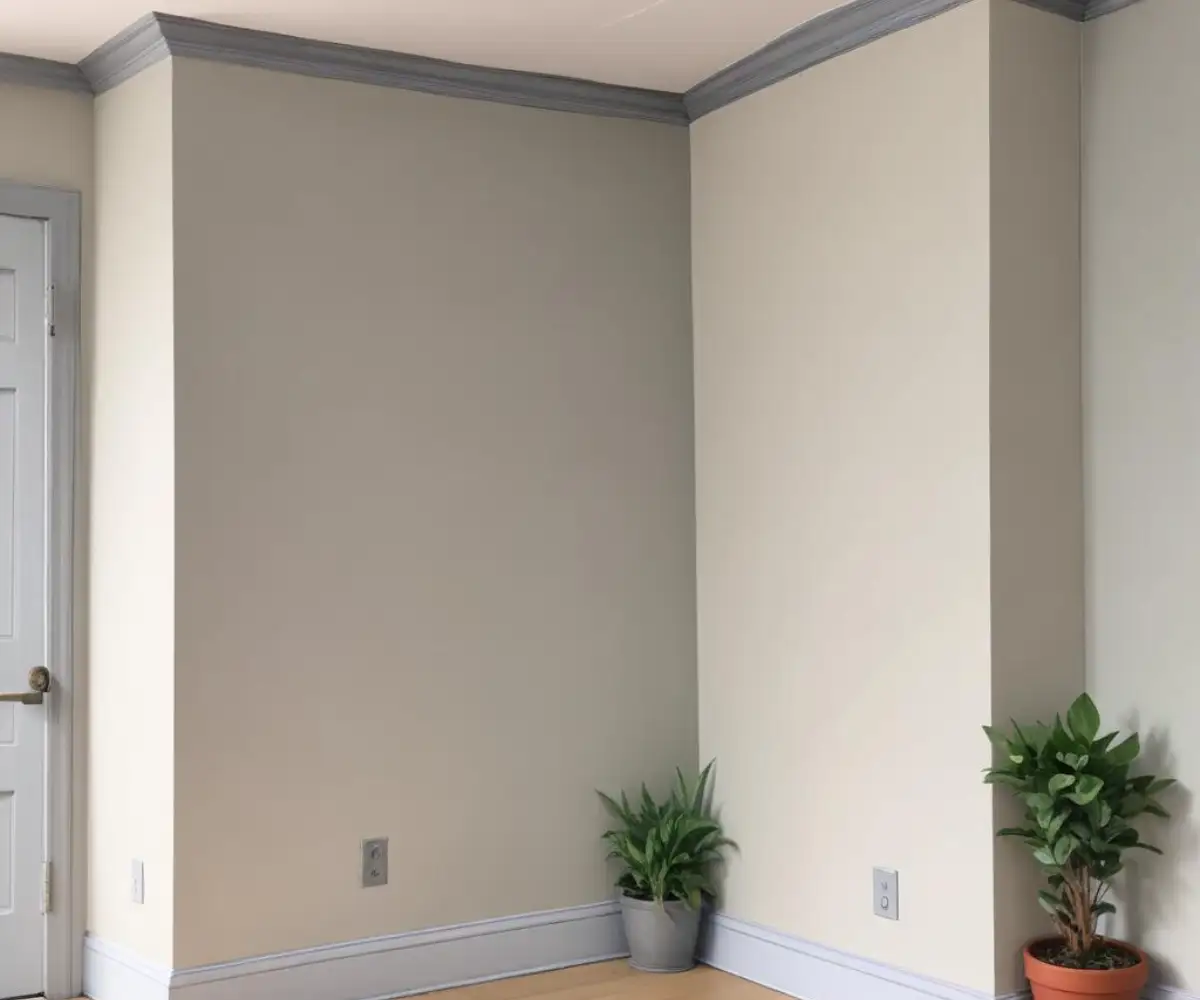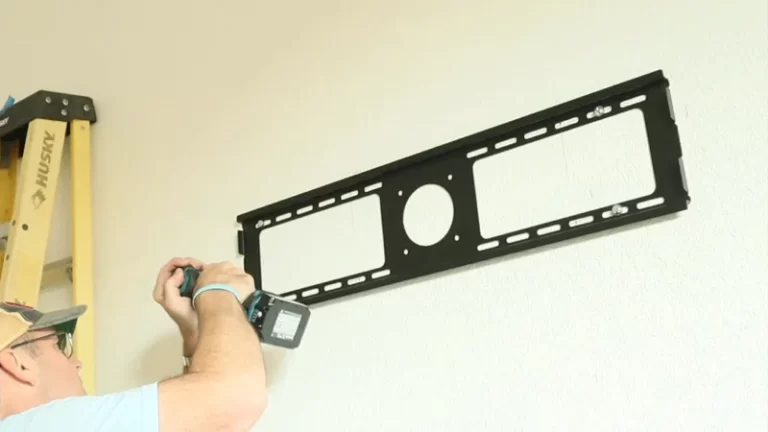Shiplap to Drywall Corner: 7 Pro Secrets for a Flawless Finish
You’ve meticulously planned your shiplap accent wall. You’ve measured, cut, and nailed the boards, creating a stunning feature. But then you reach the corner—the critical junction where your beautiful, textured shiplap meets the flat, unassuming drywall. Suddenly, your project screeches to a halt.
This is the moment where countless DIY projects go from professional to problematic. A poorly executed corner transition creates ugly gaps, uneven lines, and a jarring visual break that screams amateur. Getting this one detail right is the difference between a project you’re proud of and a constant, nagging eyesore.
But don’t worry. Achieving a seamless, professional-looking shiplap to drywall corner transition is entirely possible. With the right techniques and a little patience, you can conquer the corner and create a truly flawless finish. This guide will walk you through the pro secrets for handling both inside and outside corners with confidence.
You'll Learn About
Why Shiplap Corners Are So Deceptively Tricky
The fundamental challenge lies in joining two different materials that behave differently. Shiplap, whether it’s real wood or MDF, has a distinct thickness and edge profile. Drywall, on the other hand, is a flat plane finished with joint compound.
Outside corners are the most visible and vulnerable part of any wall, making them especially difficult. They are prone to bumps and damage, and any imperfection in the transition is immediately obvious. Inside corners offer a bit more forgiveness, but still require a clean, crisp line to look right.
Before You Begin: The 3 Keys to Success
A perfect corner starts with proper preparation. Before you make a single cut, focus on three critical areas to set yourself up for success.
1. Precision Measurement is Non-Negotiable: Don’t assume your corners are a perfect 90 degrees, especially in older homes. Use an angle finder to get an accurate reading. When measuring your shiplap boards, remember the old rule: measure twice, cut once. Tiny errors in measurement will be magnified at the corner.
2. Know Your Materials: Real wood shiplap can expand and contract with changes in humidity. MDF is more stable but can be less forgiving if you make a mistake. Understanding how your material behaves is crucial for choosing the right finishing method.
3. Gather the Right Tools: A miter saw is essential for cutting clean angles. Other must-have tools include a good quality level, a nail gun (18-gauge is ideal), a stud finder, a caulk gun, and wood filler. For a deeper dive into general installation, our guide on shiplap to drywall transition covers all the basics.
Mastering the Outside Corner: 3 Professional Methods
The outside corner is the ultimate test of your craftsmanship. It’s the most exposed and scrutinized part of the installation. Here are three reliable methods to achieve a perfect finish, ranging from intermediate to advanced difficulty.

Method 1: The Mitered “Waterfall” Edge (Advanced)
For the cleanest, most seamless look, mitering the edges of your shiplap boards is the gold standard. This technique creates the illusion that the shiplap is a single piece wrapping around the corner. It requires precision but delivers a high-end, custom finish.
To do this, you’ll cut the ends of the two meeting shiplap boards at opposing 45-degree angles. When joined, they form a perfect 90-degree corner. The key is to ensure your cuts are flawless and that the boards align perfectly. Use wood glue in the joint before nailing for a stronger bond.
Method 2: Using Corner Trim (Most Forgiving)
This is the most common and DIY-friendly method. Using a dedicated corner trim piece hides the raw edges of both the shiplap and the drywall, providing a clean, durable corner. These trim pieces come in various styles, from simple L-shaped profiles to more decorative options.
Simply butt your shiplap boards up to the corner, leaving the edge exposed. Then, measure and cut the corner trim to length. Attach it over the corner using construction adhesive and finishing nails for a secure fit that covers any minor imperfections in your cuts.
Method 3: Metal Edge Trim (Modern & Durable)
For a contemporary or industrial aesthetic, consider using a metal trim piece, similar to what is used in tile installations. Brands like Schluter offer L-shaped profiles in various finishes (aluminum, stainless steel, etc.) that can create a very sharp, modern transition.
The shiplap edge butts into one side of the “L,” while the other side lays flat against the drywall. This method is not only visually striking but also adds significant durability to the corner, protecting it from damage.
Solving the Inside Corner: Simpler, But Still Critical
Inside corners are less prominent than outside corners, but they still require a clean finish to avoid looking sloppy. The goal here is a crisp, straight line where the two walls meet.
Method 1: The Perfect Caulk Line (Easiest)
If your shiplap cuts are very precise and the gap against the drywall is minimal and consistent, a simple bead of paintable caulk can be the perfect solution. Using high-quality, flexible, paintable caulk is essential to prevent cracking over time. Apply a thin, even bead and smooth it with a wet finger or a caulk tool for a professional seam.
Method 2: Quarter Round or Cove Molding (Classic & Effective)
For corners with larger or more uneven gaps, a small piece of trim is the best answer. Quarter round or cove molding fits snugly into the inside corner, hiding the seam entirely. This is a classic solution that always looks polished.
This is a great way to tie in other trim elements in the room. If you’re using trim around your doors, for example, using a similar style in the corner creates a cohesive look. You can learn more about using trim effectively in our guide to quarter round around door frame applications.
| Corner Transition Method | Best For | Skill Level | Pros | Cons |
|---|---|---|---|---|
| Mitered Edge | Outside Corners | Advanced | Seamless, high-end look | Requires precise cuts; unforgiving of errors |
| Corner Trim | Outside Corners | Beginner | Hides imperfections; durable; easy to install | Less seamless look; adds another visual element |
| Caulk Line | Inside Corners | Beginner | Minimalist look; very inexpensive | Only works for very small, even gaps |
| Quarter Round | Inside Corners | Intermediate | Hides larger gaps; classic, polished look | Not as minimalist as a caulk line |
| Metal Edge Trim | Outside Corners | Intermediate | Modern aesthetic; very durable | Can be more expensive; requires careful installation |
The Finishing Touches: From Good to Flawless
Once your corners are constructed, the final finishing steps are what truly create a seamless transition. Don’t rush this part of the process!
First, fill all nail holes with a good quality, sandable wood filler. Once dry, lightly sand the filler and any rough edges on your trim or shiplap until everything is perfectly smooth. This step is critical for achieving a professional paint job.
Next, apply your final bead of caulk to any remaining gaps between trim pieces and the wall. Use a paintable caulk to ensure the final coat of paint adheres properly. Finally, prime everything—the shiplap, the trim, and the filled nail holes—before applying your final two coats of paint for a uniform sheen and color.
A well-executed corner can elevate the entire aesthetic of your space, much like how a thoughtfully planned corner lot fence can define and enhance a property’s exterior. Both require attention to detail at the transition points to achieve a cohesive and professional result.
Common Mistakes to Avoid
Many DIYers stumble at the finish line. Be aware of these common pitfalls:
- Using the Wrong Caulk: Never use pure silicone caulk, as paint will not stick to it. Always choose a paintable acrylic-latex caulk.
- Ignoring Uneven Walls: If your drywall corner isn’t straight, forcing a straight piece of trim against it will create gaps. Scribe the trim to match the wall’s contour for a tight fit.
- Skipping Primer: Primer is crucial for sealing the wood filler and raw MDF or wood, ensuring your topcoat of paint is even and durable.
Frequently Asked Questions
How much of a gap should I leave between the shiplap and the corner?
Aim for a consistent gap of about 1/8 inch. This is small enough to be easily covered by trim or caulk but provides a little room for expansion and contraction.
My corner isn’t a perfect 90 degrees. How do I cut the trim?
You’ll need an angle finder to determine the exact angle of your corner. For example, if the angle is 92 degrees, you will set your miter saw to cut each of the two meeting pieces at 46 degrees (92 divided by 2). This ensures the two pieces meet perfectly.
Can I just end the shiplap without any trim on an outside corner?
It’s not recommended. Leaving the raw, cut edge of the shiplap exposed looks unfinished and is highly susceptible to chipping and damage. At a minimum, you should cap it with a thin piece of lattice or screen molding for a finished look.
By mastering these professional techniques, you can transform that tricky shiplap to drywall corner from a source of frustration into a point of pride. A flawless corner is the signature of quality craftsmanship, ensuring your shiplap wall looks stunning from every angle.

